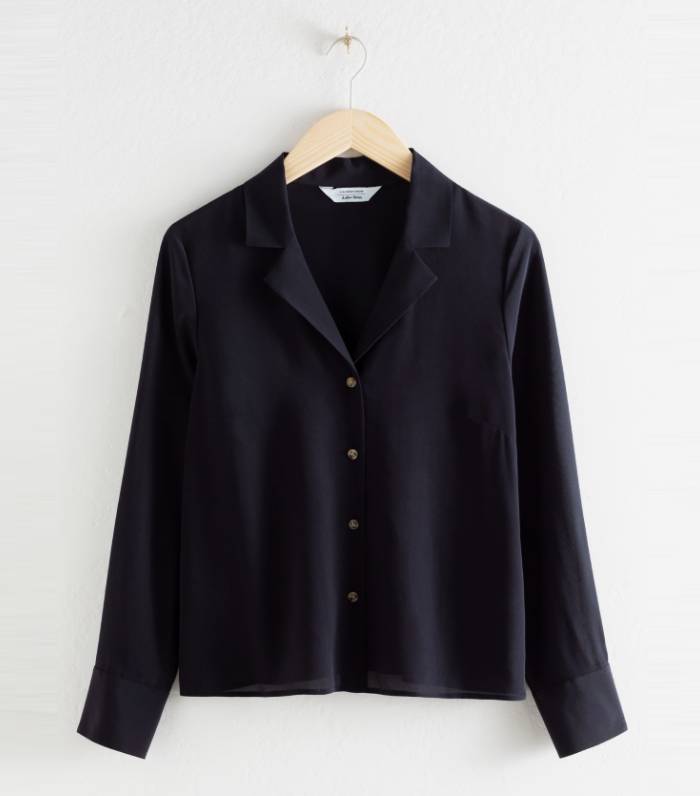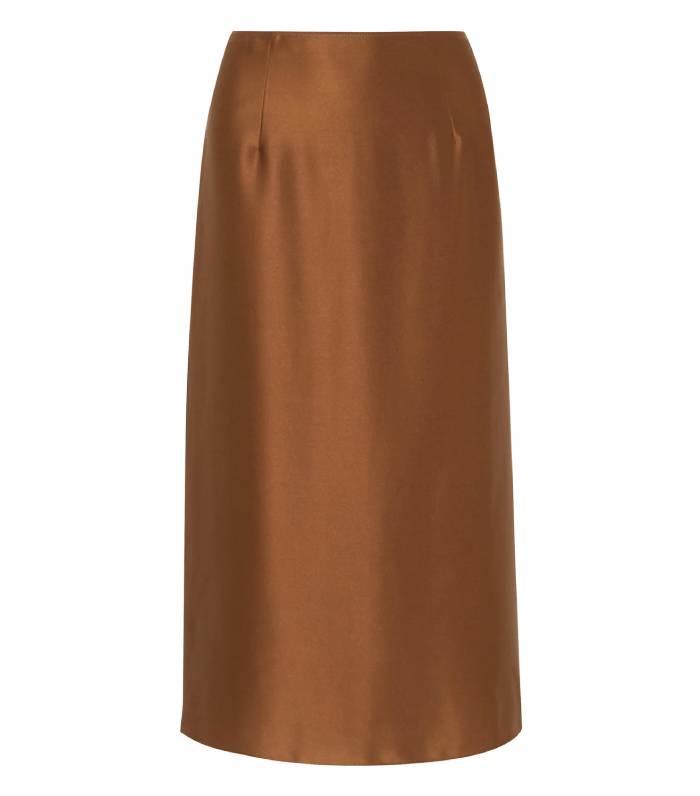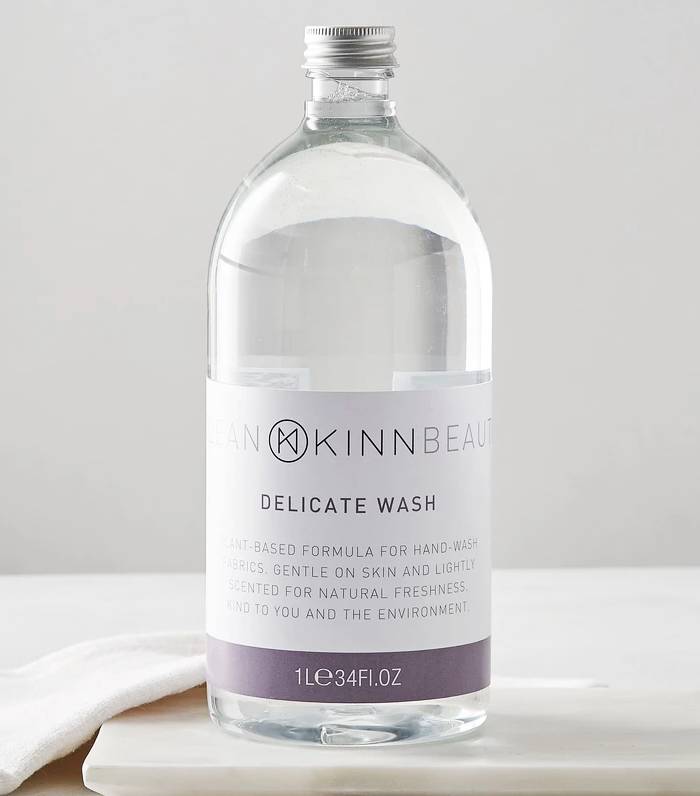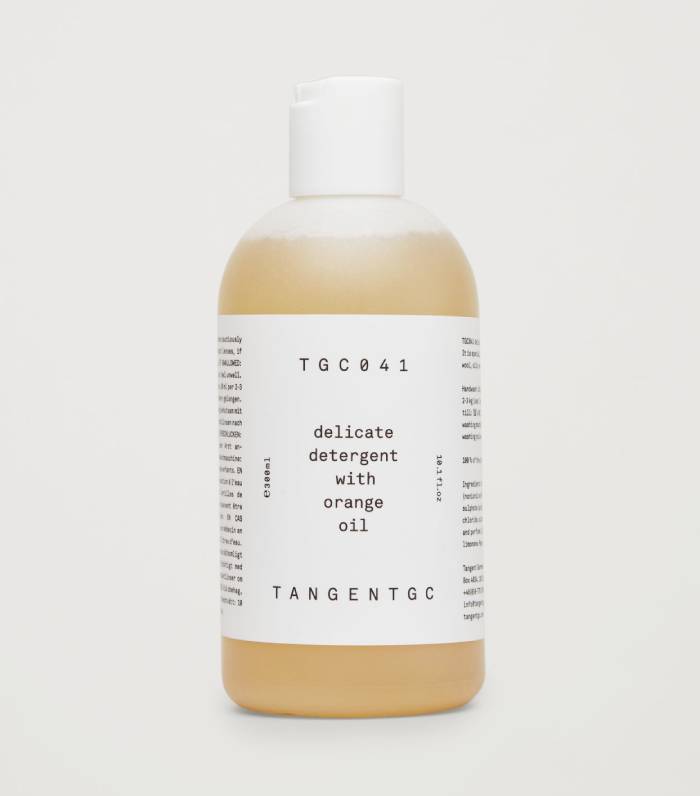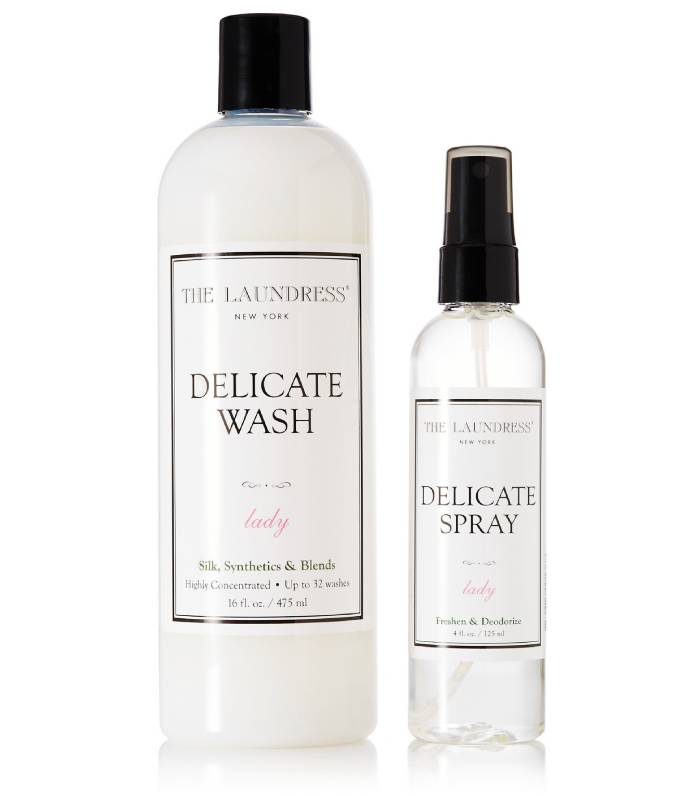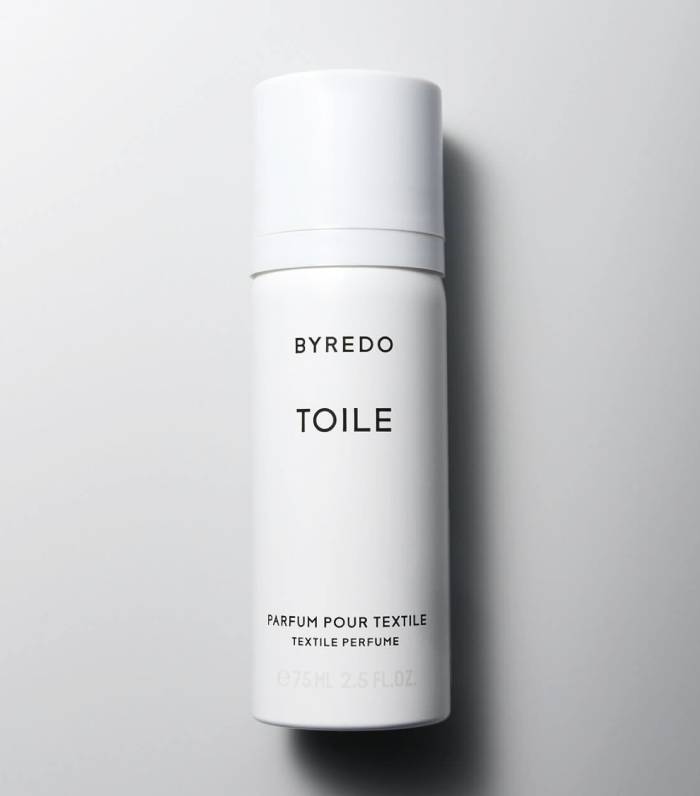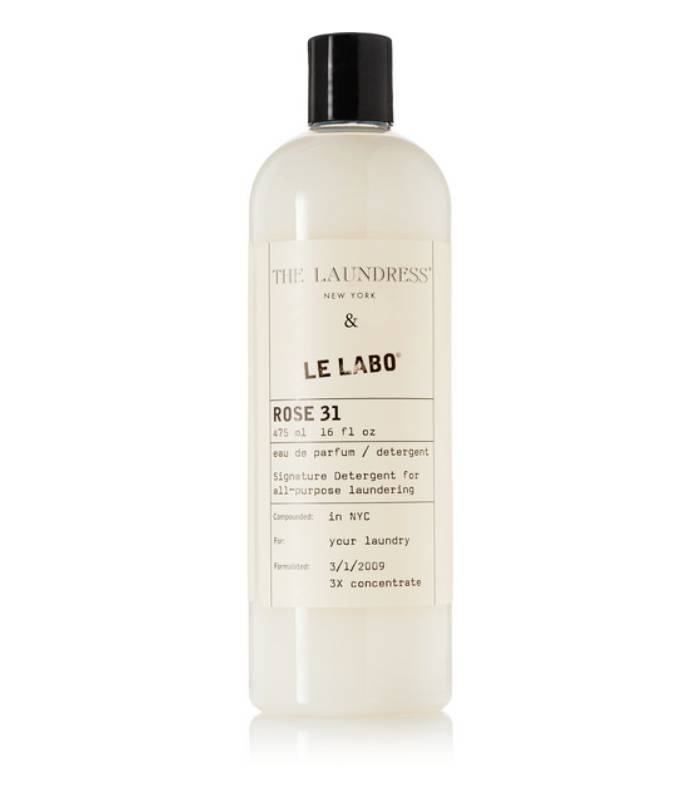At 34, I'm Finally Able to Say I Know How to Properly Hand-Wash My Clothes

It’s fair to assume that by the time you hit your early 20s, most people know how to do a load of washing (if you don’t, I suggest you go have a word with yourself and make YouTube your friend). You know the drill: Separate dark and white loads, and always wash towels and bedding separately. Then depending on how delicate your, erm, delicates are, do those separately too.
Even though I’ve been doing my own washing for over 20 years, beyond the aforementioned system, I’m pretty rubbish when it comes to handwashing. When purchasing an item that I suspect might be hand-wash only, I’ll look at the label just in case. If it has that little hand symbol, I’m out. I’m not buying it. It’s not that I won’t love it enough; it’s that I don’t have the energy to make sure I’ll be washing it correctly.
However, today is where this stops. I’m now 34 years old and should really know how to do it properly.
I reached out to natural detergent brand Kinn to speak to its experts on how to hand-wash your clothes properly. Sophie Lavabre-Barrow, one of the founders of the brand, gave me some great insights into how to do it without ruining your clothes and tips on how to get the best out of your garments, especially when you don’t know what you’re doing. Not only did she give me a great step-by-step guide on how to do it correctly, but she also revealed some bonus tips I hadn’t even considered. So if you’re ready to embrace all types of clothes in your life like I am, keep reading.
1. PREP WELL BEFORE
There are a couple of things you want to do before you even start washing. The first thing that I hadn’t even considered was the condition of my nails. Sophie suggests making sure your nails are smooth to avoid snags, which is a genius idea. When I asked her whether you should pre-treat an item, she said no, not unless it has been stained.
"If there’s a stain, the way I pre-treat a garment would depend on the material. For instance, if I get something on cashmere, the first thing I’d do is dab at the mark with water and a soft cloth. You can also pre-treat a stain with the detergent you’re going to use. Never scrub at a stain, no matter the material! If you have dry stains, you can use a stain remover, but make sure it’s gentle and appropriate for the material.”
As for where you should do the washing, there are a couple places Sophie recommends: "If you’re lucky enough to have a deep bathroom sink or laundry room sink, I wouldn’t worry with an extra bowl. However, I’d use a bowl if you’re using the kitchen sink, and always make sure that the bowl, sink and tap are thoroughly clean to avoid any residue from previous use getting on your clothes.”
2. CHECK THE LABEL BEFORE YOU FILL THE SINK
"Never fill the sink with your clothes already in there,” she notes, as you want to make sure you have the right temperature beforehand to avoid any damage. "My general rule of thumb is to keep the water tepid or lukewarm,” she continues. "But always check the label; some items require a cold wash!”

3. DON'T OVERDO IT ON THE PRODUCT
"Don’t go overboard on the product. You need the water to be thoroughly bubbled but not so much that you’re fighting to see through the suds to your clothes. About 10 millilitres should be enough,” advises Sophie. As for the kind of product, she had this to say: "Always use a delicate wash when hand-washing your clothes, and if you can find a product specifically made for the fabric (like a cashmere and wool wash), even better. By making sure you use delicate or fabric specific washes, you’re using a product that has been formulated to be gentle but work at low temperatures and on delicate materials. I use my own company’s delicate wash, as it’s formulated without the harsh chemicals and uses natural ingredients.”

4. RINSE OUT THE DETERGENT PROPERLY
The most important thing when cleaning your clothes is to use fresh water to rinse the detergent of the item you’re hand-washing, says Sophie. If the sink and item still feel slippery, repeat the rinsing step until it’s not. There’s also another incredible tip she gives to help get out excess water and product: "If you have a tap that has the option for a spray effect, you can use a colander to rinse your items. Simply place the garment in the colander, spray with water and squeeze.”

5. DON'T BE TEMPTED TO USE THE MACHINE
I’d be lying if I said I’d never used the machine to wring out the odd hand-washed product (when I have attempted to do it, that is). But Sophie advises on avoiding the machine if you need to get out excess water. "I’d never put a hand-washed item in the machine, and definitely don’t wring it out. If you need to remove excess water, lift the garment out of the rinse water and gently squeeze it. If there’s still too much, you can roll it in a dry towel and gently squeeze excess moisture that way.”
6. LAY FLAT TO DRY
Considering reaching for the hanger to dry your items? Here’s why Sophie recommends against doing this: "The material is delicate, and this can lead to things falling out of shape. When it’s time to dry, lay out of the garment on a dry towel. Once the top is dry, turn it over, making sure the towel is dry.”
SHOP DETERGENTS AND CLOTHING FRAGRANCE WE LOVE
Related: These 31 Autumn Wedding Guest Dresses Are Very Chic—You'll Love Them
Next up, the biggest autumn/winter 2019 trends you need to know.

Elinor Block was one of the earliest team members of Who What Wear UK, starting her tenure working across both Who What Wear and Byrdie, which were owned by the original parent company, Clique, at the time. Her specialism in fashion and beauty established her multifaceted role as Assistant Editor, which she developed over six years from 2016 to 2022 to become Deputy Editor. She is now the Head of Editorial at fashion tech company Drest.
